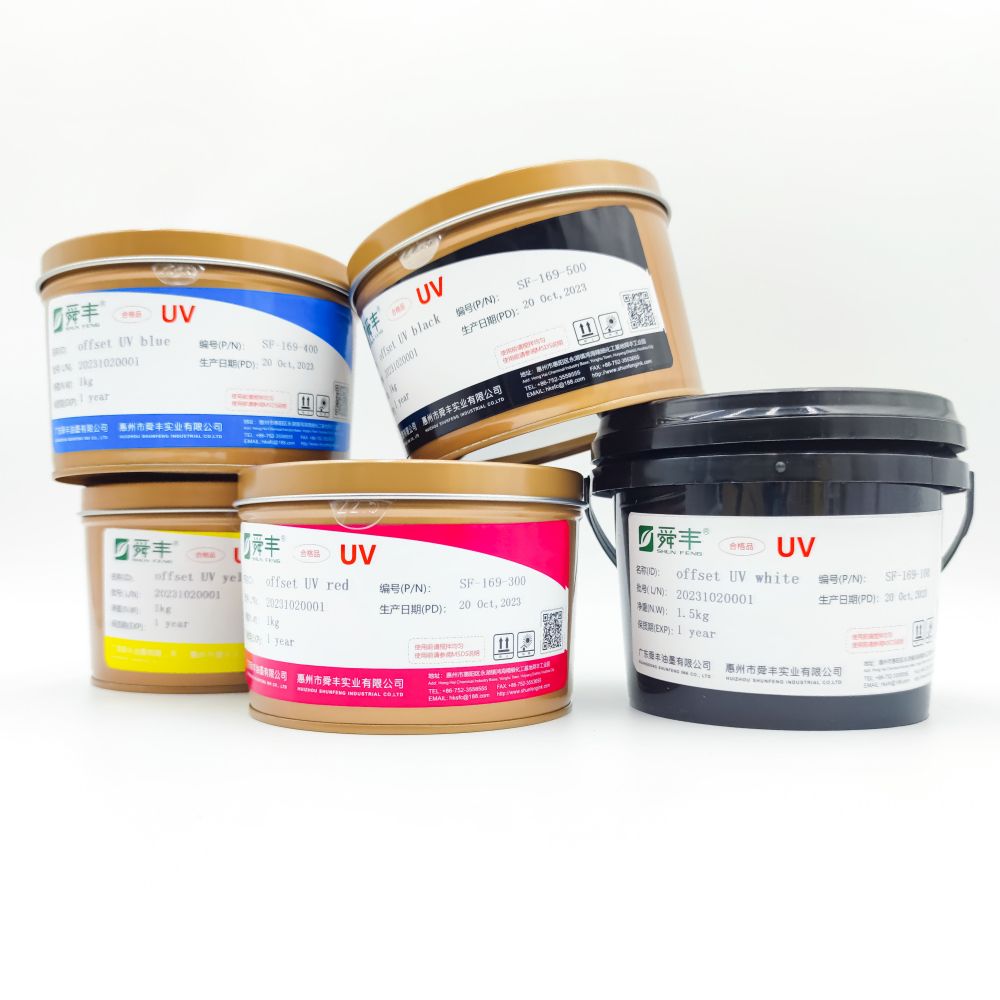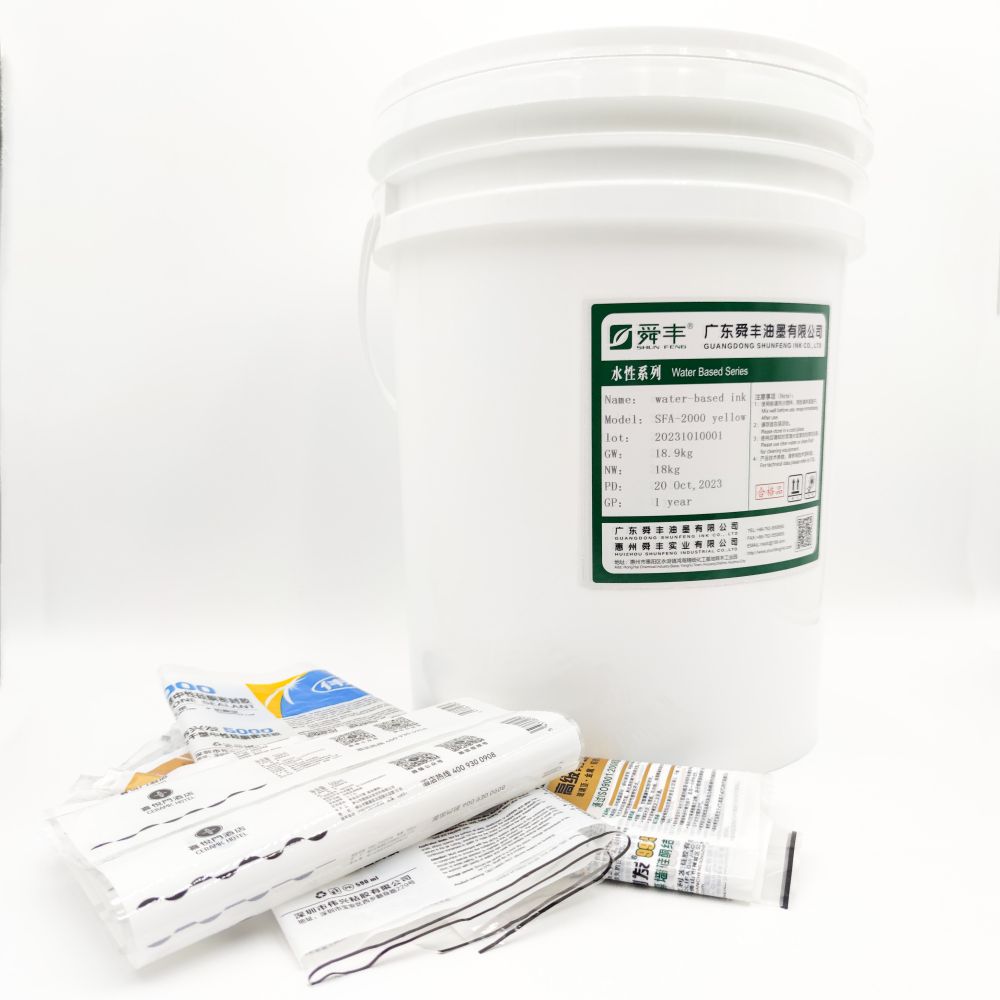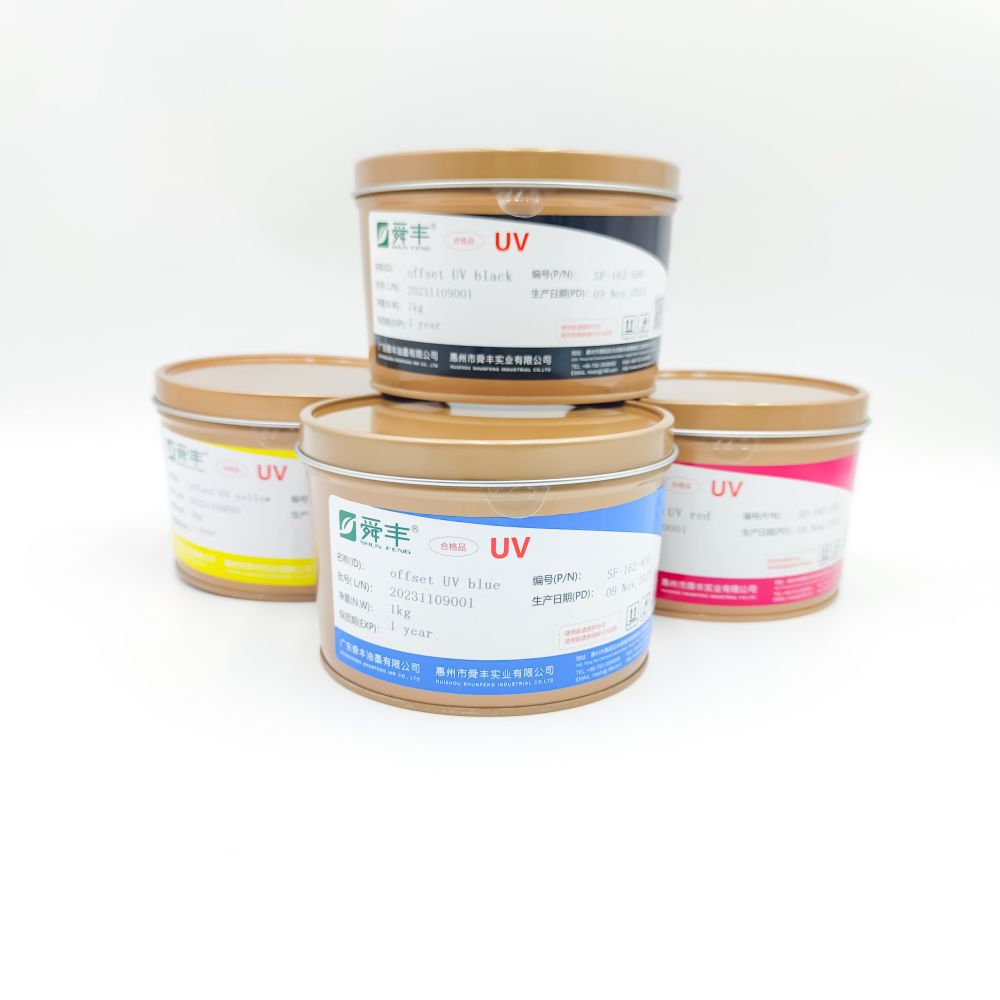How to judge whether UV ink is dry
The determination of whether UV ink has reached a fully dried state involves a multi-step process with consideration of various factors, especially in the context of ultraviolet curing technology. The following are several effective testing methods and their practical considerations.
Techniques for Assessing Dryness of UV Ink

1. Visual Inspection Method
Direct observation of the ink surface's appearance is a simple way to preliminary judge the drying degree. Well-dried UV ink surfaces will exhibit a smooth, high-gloss finish with colors appearing more vibrant and saturated. This intuitive method quickly gives an initial impression of whether the ink is completely cured.
2. Friction Test Method
By lightly rubbing the ink surface with a finger or cotton cloth, one can test for any ink transfer or residue left on the contacting object. If no ink remains after friction, it suggests that the ink has successfully cured, resistant to detachment.
3. Hardness Testing Method
Employing a hardness measuring tool to apply pressure to the ink surface and record its resistance level, higher readings typically indicate that the ink has cured enough to withstand external pressures, confirming its dry state.
4. Drying Confirmation Method
Placing the printed material in an oven to accelerate the ink drying process through heating, observing the ink's response to heat. If the ink surface remains stable without deformation or peeling after heating, it is considered dry.
Key Factors Affecting UV Ink Curing
UV Ink Curing Time
While UV ink generally cures faster than traditional ink, its exact curing time is influenced by factors such as ink type, coating thickness, and light intensity. Therefore, comprehensive analysis considering specific circumstances is required during evaluation.
Proper Use of UV Lamps
UV ink curing relies on efficient UV radiation. Insufficient light intensity or aging equipment can lead to incomplete curing, highlighting the importance of regular checks on the UV lamp's performance.
Ink Layer Thickness Impact
Thicker ink layers necessitate longer curing times due to the increased time required for UV light to penetrate multiple ink layers, making complete curing more challenging.
Environmental Considerations
Ambient temperature and humidity significantly impact ink drying speed. Cold temperatures or high humidity prolong ink drying cycles, underscoring the importance of maintaining a suitable working environment to enhance curing efficiency.
Cumulative Factors Influencing UV Ink Drying Time
- Curing Effectiveness: Optimal curing ensures complete ink drying, while suboptimal processes may leave parts uncured, complicating further handling.
- Ink Types: Different UV ink formulations have varying chemical compositions that directly affect their curing rates.
- Color Effects: The depth of ink color can also influence curing time, with darker inks absorbing more energy and curing slower due to this.
- Printing Techniques: Distinct printing technologies (like inkjet versus conventional printing) form ink layers differently, thereby affecting ink drying characteristics.

Conclusion
Confirming whether UV ink has reached the desired dry state necessitates a combination of testing techniques and profound understanding of influencing factors. Operators require a certain level of professional knowledge and practical experience to ensure the accuracy and reliability of test results. By applying these methods comprehensively and carefully considering specific conditions, the efficiency and quality of UV ink curing can be significantly enhanced.











